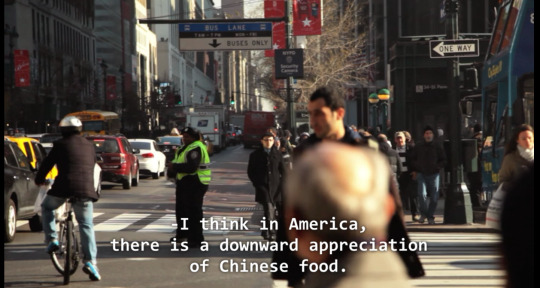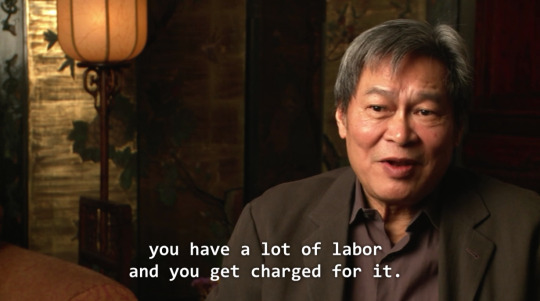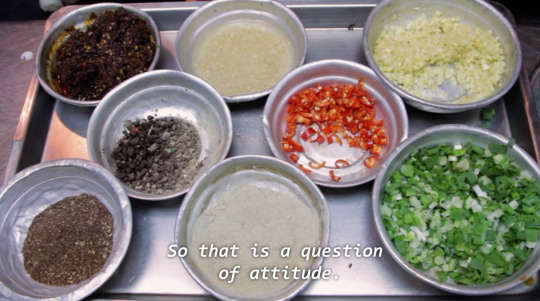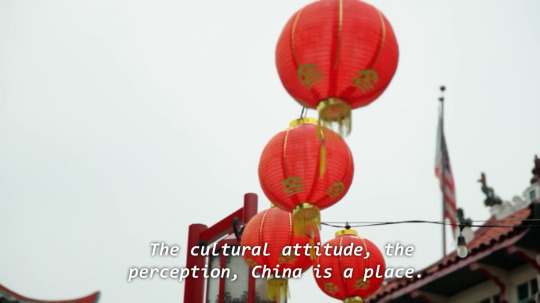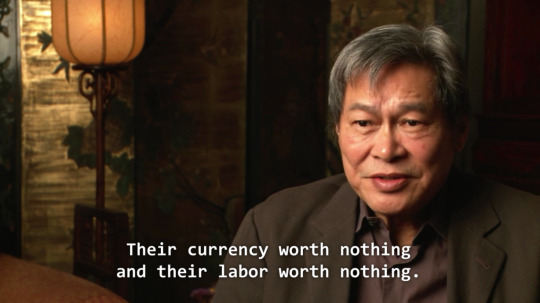thirty-something lesbian himejoshi thotsmarxist-leninist ☭ en/es/我在学中文
Last active 2 hours ago
Don't wanna be here? Send us removal request.
Text

the commie chats are going WILD right now
338 notes
·
View notes
Text
built the MG F91 over the last few days which is a kit i've been wanting to build for a good while now and i'm a little sad to say that i'm not sure i like it much
side by side with the HG, i feel like the HG's proportions are a bit nicer. i was also kind of annoyed with how difficult it was to slot some of the ABS pieces together (really reminded me of when i built the MG astray red a couple of years ago)
probably fav kits i've built recently are the MG hyaku shiki and the HG moon gundam.. oh almost forgot the MGSD wing zero
1 note
·
View note
Text
welp i finally bought my first PG
(it's the exia)
2 notes
·
View notes
Text

DOUBT
750 notes
·
View notes
Text
this week answered my question and omg i am so fucking hyped for next week's episode
my brain is on overdrive over gquuuuuux
i have so many questions that i want answered
but the most pressing one at this moment is whether lalah is alive in this AU
12 notes
·
View notes
Text
A view from Donbass: Ukraine has treated the people of this region as sub-humans, this made peace impossible
17 Jul, 2022
How Kiev has tried to dehumanize people in its former East – first domestically, then everywhere
The military conflict in Ukraine, which began on February 24, was preceded by a long war in Donbass. Over the course of eight years, it claimed the lives of at least 14,200 people (according to the OHCHR), over 37,000 were wounded, hundreds of thousands became refugees or had their homes destroyed. A de-escalation was achieved in February 2015, as both sides realized that a bad peace was better than a good war, and attempted to find a political resolution on the basis of the Minsk agreements. That, however, failed to bring peace to Donbass, which instead faced eight long years of economic and legal blockade, compounded by chaotic shelling of areas near the frontlines.
They were eight hard years, which involved rebuilding bombed schools, hospitals, and houses, a rather humiliating dependence of formerly well-to-do people on humanitarian aid, an economic slump due to the economic blockade imposed by the Ukrainian government, restricted access to pensions, and the risk of being wounded or killed for those who lived in urbanized frontline areas. People who voted for the independence of the Donetsk and Lugansk People’s Republics in the referendum in May 2014 could never have imagined living in this endless terror.
They were forced to wait for that terror to stop until February 2022, when Russia recognized the independence of Donbass and then deployed its military to, among other things, protect it and liberate territory occupied by Ukrainian forces since 2014. It hasn’t exactly been a walk in the park, but the people of Donbass now know that war will soon be over for them. The people’s militias of both republics are doing everything in their power to achieve victory as soon as possible.
It may seem to an outside observer that some citizens of Ukraine backed by the Russian military are fighting other citizens of Ukraine backed by NATO. This description, however, would satisfy neither side of the conflict. Donbass residents no longer consider themselves citizens of Ukraine, while the Ukrainian government and society at large deny their sovereignty and dismiss them as collaborators and mercenaries for Russia. Both are wrong.
In reality, it was precisely this denial of sovereignty that led Donbass to renounce everything having to do with Ukraine, and it started way before 2014. Let me add here that what was said above applies to the whole southeastern region of Ukraine, also known as Novorossiya; however, the case of Donbass was the most dramatic and revealing manifestation.
It all began with dehumanization. After gaining independence in 1991, Ukraine was too big to be uniform. The enthusiasm of Galicia in the west to build a nation-state was mixed with depression in the southeast over the loss of a shared economic space with Russia. Machine building in Dnepropetrovsk, Kharkov, and Zaporozhye declined, Odessa’s Black Sea shipping operations were shut down. The country survived thanks to metallurgy and coal mining. Both industries were centered around Donbass.
While almost a million people poured into the streets throughout Galicia for the funeral of Ukrainian politician and Soviet-era dissident Vyacheslav Chornovol, Donbass workers were toiling in the mines. While Ukrainians traveled to Europe as labor immigrants, miners in Donbass were dying on the job because of poor safety standards (profits ranked higher than lives during those lean years).
‘Let those miners die. They don’t see the Ukrainian sky anyway’ – that was the reasoning of some Ukrainians back then. The citizens of Donbass weren’t doing much reasoning – they were too busy mining coal and melting steel. The most aggressively ambitious of them were not happy with that setup though, so they chose the path of crime and raider attacks. The 1990s were times of rampant crime in Ukraine, and the so-called ‘Donetsk gangs’ were among the most adept at it. Donbass was now perceived as a breeding ground for criminals, which further tarnished its image. At the same time, Ukrainians turned a blind eye to similar financial groups with criminal ties in the nearby city of Dnepropetrovsk.
Partially preserved industry (objectively speaking, metallurgy is easier to maintain than, say, rocket construction) and the concentration of capital in the hands of a narrow group of oligarchs made Donbass the vehicle for the Party of Regions, which was known as ‘pro-Russian’. In fact, there was little ‘pro-Russian’ about it – other than the fact that its leaders used the desire of people in the southeast to continue using Russian and keep their economic ties with Russia as a way to energize their base. This was the last step towards the dehumanization of Donbass, which was now perceived as non-Ukrainian. Instead of encouraging interethnic dialogue, it only led to Ukrainian nationalists’ promises to make Donbass more Ukrainized. It was just like what they had said about Crimea before – that it would either be Ukrainian or depopulated.
A caricature of the typical denizen of Donbass emerged – a foulmouthed alcoholic, a lowbrow menial worker who dreams of turning Ukraine over to the Kremlin. People in Donbass took offence, talked about their complex industry which required sophisticated skills, and called Ukrainians freeloaders. The divide within the country kept growing.
This was followed by the first wave of Maidan protests, which dismissed the southeast under the political leadership of Donbass as an entity which does not deserve a political voice. The presidential elections split the country into two halves, with one side accusing the other of falsifying the results. People in central and western Ukraine considered the residents of the southeast to be lowlifes with a slavish mentality who are incapable of fighting for freedom. They staged protests at the Maidan, demanding another runoff vote. Politicians leaning towards the southeast made some clumsy attempts at stirring up similar protests and convened a congress in Severodonetsk, which was later labeled by Ukrainians as ‘separatist’. Later on, however, they backed down for fear of upsetting the country’s newfound fragile stability. Donbass and the rest of the southeast retreated, waiting for a chance to take revenge.
That revenge came in 2010, when their candidate won the election. A derogatory chant was coined: “Thanks, Donbass, for the president who is an ass.” Tensions in the country grew, not assuaged even by the 2012 UEFA European Football Championship, hosted jointly by Ukraine and Poland. Southeasterners got to enjoy their favorite sport, while Westerners tried their hand at organizing a European-level event. Everyone seemed happy, and yet western Ukrainian intellectuals, anticipating a forthcoming association with the EU, were smirking about how they had duped ‘the miners’ by enticing them with their beloved sport.
Nobody asked ordinary Ukrainians whether they thought an alliance with Europe or with Russia would be better for their future. Those who wanted closer ties with Russia thought the choice was obvious, since their presidential candidate had won. Their opponents reasoned that Ukraine, since it became independent in 1991, only had the option of going down the European path. Any proposals to hold a referendum were dismissed. But when the signing of the EU Association Agreement was put on hold, people in central and western Ukraine revolted.
Once again, they resorted to street politics, which Donbass despised. People in Donbass were used to working hard, earning enough to be more than comfortable, and delegating politics to politicians, expecting to receive competent leadership and the protection of Russian speakers’ rights in return. They wanted stability for a country recovering from the 2008 financial crisis and were pleading with their opponents not to incite a civil war.
Maidan activists took that as a sign of weakness and decided they could defeat these people that they considered ‘rednecks’, now referring to them as ‘titushky’, ‘Donbass criminals’ that they accused of beating up Maidan protesters. Southeastern politicians had enough power to disperse the protesters, but chose to wait instead and kept pulling back the relatively small units of Berkut special forces. This is how they were defeated and left the southeast on their own to face the new government, and even worse, the mobs and their lust for revenge over ‘the blood of the Maidan martyrs’. The first decision of the new regime was to repeal the regional status of Russian.
It was a move people in Donbass, Crimea, Kharkov, Odessa, and Zaporozhye could not forgive. People who used to prefer hard work to political activism were up in arms. Crimea, which enjoyed the status of autonomous republic and was the base of Russia’s Black Sea Fleet, was lucky to have Russia’s support. Odessa wasn’t so lucky. On May 2, Ukrainian Nazis and ‘ultras’ from across the country descended upon the city, dispersed pro-Russian fighters, and proceeded to Kulikovo Pole, where they burned down a tent city and the Trade Union House, killing pensioners, women, and other ordinary people who had barricaded themselves inside the building. The people of Donbass decided to wait it out, hoping that “after all, they couldn’t possibly…” – they couldn’t possibly use the army against their own citizens, they couldn’t possibly use armored weaponry against their own citizens, they couldn’t possibly use the air force against their own citizens, they couldn’t possibly use tactical missile systems against their own citizens…
No Ukrainian politicians were saints, and neither were the people of Donbass – not that anyone had asked them to be, though. The fact of the matter is that every escalation of violence was aimed at them. It was the Ukrainians who kept upping the ante, and nobody cared. The miners have always died, you know. Why should anyone feel sorry for them? They’re ‘dumb slaves’, they wear no balaclavas. Back then, in 2014, balaclavas were seen as a symbol of superior people, while the ‘stupid miners’ from Donbass (led by Valery Bolotov) and their volunteer supporters from Russia (led by Igor Strelkov) deliberately spurned them. The lives of the residents of impoverished mining towns cost less than the lives of those living in prosperous towns near the Carpathian Mountains. The air in Donbass stinks of soot and is full of coal dust and industrial emissions, so people die of cancer there, whereas the mountain air in Galicia is fresh and fragrant, and the wind of freedom blows in from Poland.
Children were killed in Donbass. Nobody gave a damn, except Russia and the repressed Russians in the rest of Ukraine. It was rather amusing for the other side – people scraping their dead children off the asphalt and saying: ‘We’re being bombed, we’re scared, our children are dying!’ Ukrainians thought it was funny, a just punishment for those dehumanized earth-diggers. They called their children ‘Colorado beetle larvae’, because the stripes of the Colorado potato beetle resemble the St. George’s ribbon, which became the symbol of the uprising in Novorossiya.
All of this convinced Donbass it had the moral high ground, which allowed it to stand tall and weather eight years of incredible hardship. The Ukrainians were granted the chance to reach a political settlement with the Minsk agreements, if they agreed to treat Donbass as a sovereign region within Ukraine. Had they done this, Donbass would have lost interest in politics, returned to its industrial roots, and left policymaking in the hands of western Ukraine again in a few years’ time. But they wouldn’t do this, even for the sake of stopping the war. Recognizing the sovereignty of Donbass was a red line for Ukraine, and so was dialogue with Donbass.
The Ukrainian leadership stuck to those red lines even after Russia said it was going to put an end to the ongoing slaughter at its doorstep. So, what we now have is a new season of war, which has been going on for Donbass since 2014. The two people’s republics’ armies are storming Ukrainian fortifications as the Ukrainian military continues to bomb residential areas in Donetsk. People in Donbass stopped wondering “what they are capable of.” Now they know that the Ukrainian army and government are capable of anything – bombing cities, torturing people, and trying to pass off Donetsk people that they killed for Kiev residents, supposedly killed by Russian missile strikes. The only thing they can’t do is admit that the citizens of Donbass are people just like them, people who have their own interests and are prepared to fight for them until they win or die in battle.
source*
*The statements, views and opinions expressed in this column are solely those of the author and do not necessarily represent those of RT.
written by vladislav ugolny who was born in 1997 in Donetsk. In 2020, he graduated from the Department of International Relations of the Faculty of History of Donetsk National University. His thesis work was titled “Cooperation of international humanitarian organizations and the Donetsk People’s Republic in the field of protecting the rights of refugees and internally displaced persons.” Later he was involved in humanitarian assistance to the population of Donbass and protecting the rights of Ukrainian political prisoners.
42 notes
·
View notes
Text

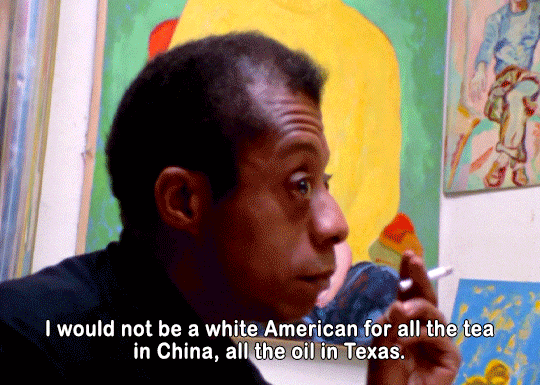
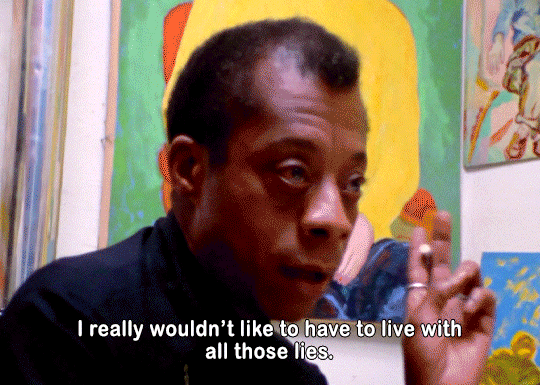




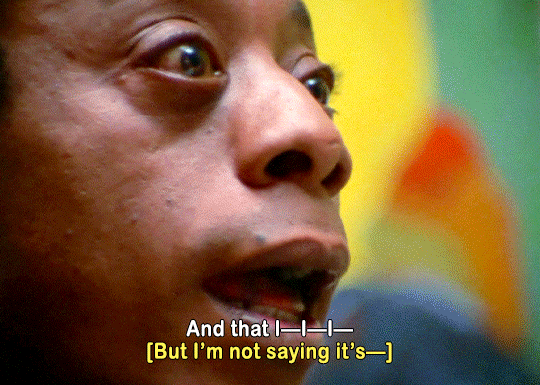

Meeting the Man: James Baldwin in Paris 1970 – directed by Terence Dixon
10K notes
·
View notes
Text

Goddddd I hate this crap. It looks so normal but if you look at it for more than 5 seconds it’s such a clear cut example of the subtle nudge towards tradwife “return to tradition” ass crap
Like
Why the 1940’s? Was that a more romantic and pure time somehow? Soldiers exist TODAY, so why that period? Was there something about that time that made relationships between men and women better somehow?
And why the obviously retro fashion? The finger waves, the red lipstick, the white lacy dress- What makes THIS SPECIFIC image so special? The time period? The relative modesty? The feminine appeal?
“to remind him what he’s fighting for”. You mean like a reward, an object, or a trophy? Á WHAT, the white picket fence and 1.5 kids, instead of a WHO? A dream of a perpetuated social ideal, a symbol?
Like GOD, it’s all so subtle that it’s soooo easy to believe that calling it out is an overreaction but all together it’s such a “women are better when they’re conservative objects / men should desire traditional femininity / the past was a purer time / reject modernity embrace tradition” message
Like literally tradfem tradwife dogwhistles everywhere it’s ridiculous
Like BRUH I hate to break it to you but pop-pop was giving his best friend a handy behind the barn in 1935 and gam-gam was mailing him nudes, people have ALWAYS been people and roleplaying a farmsteading settler family and having bad missionary sex with your submissive tradwife girlfriend isn’t going to make high quality furry porn and taxes and high fructose corn syrup and whatever else you think is wrong with moderns society stop existing, FUCK
6K notes
·
View notes
Text
sometimes I see pictures from when I was younger and it makes me wonder why I spent so much time hating myself. sweet little baby me. I was still growing. I was still learning. I was still getting used to my own skin. I didn’t deserve that
54K notes
·
View notes
Text

Боевые Подруги | Combat Girl Friends;
Nikolai Boot, 1969.
874 notes
·
View notes
Text

you know what at this point they're writing fanfic
24K notes
·
View notes
Text
Every Zionazi and Hindutva on this website has a bio that basically says :
"Yes I'm a fascist and yes I'm proud of it"
1K notes
·
View notes
Note
re: koch bro acknowledging climate change but still advocating denialism. do you have any good sources regarding that? i have an acquaintance whose reason for not believing in climate change is that rich ppl are still building their mansions along coasts despite the threat of sea level rising and this seems tangentially related to it but idk how to debunk that
is your acquaintance willing to read a book because if so
there is a book detailing basically the entire history of the koch brothers political activism, but these activities are quite known and widespread/easy to find information on online, charles koch's wiki lists all the organizations he's involved with and talks about his (anti) climate activism.
>rich people are still building their mansions along coasts
these people have disposable income and more than one house. the coastal ones have become a status symbol as well as a vacation home. its longevity is not a huge concern, these properties are empty most of the time. they can also afford more precautions. there's also the human psychological error of "that wouldn't happen to me personally" that the ultra rich would be especially prone to making!
309 notes
·
View notes
Text

if this tweet doesn’t make perfect sense to u immediately then u weren’t meant to understand it
26K notes
·
View notes
